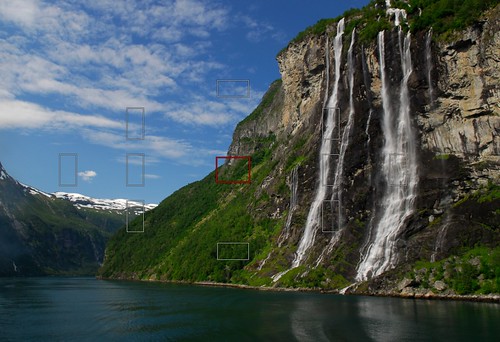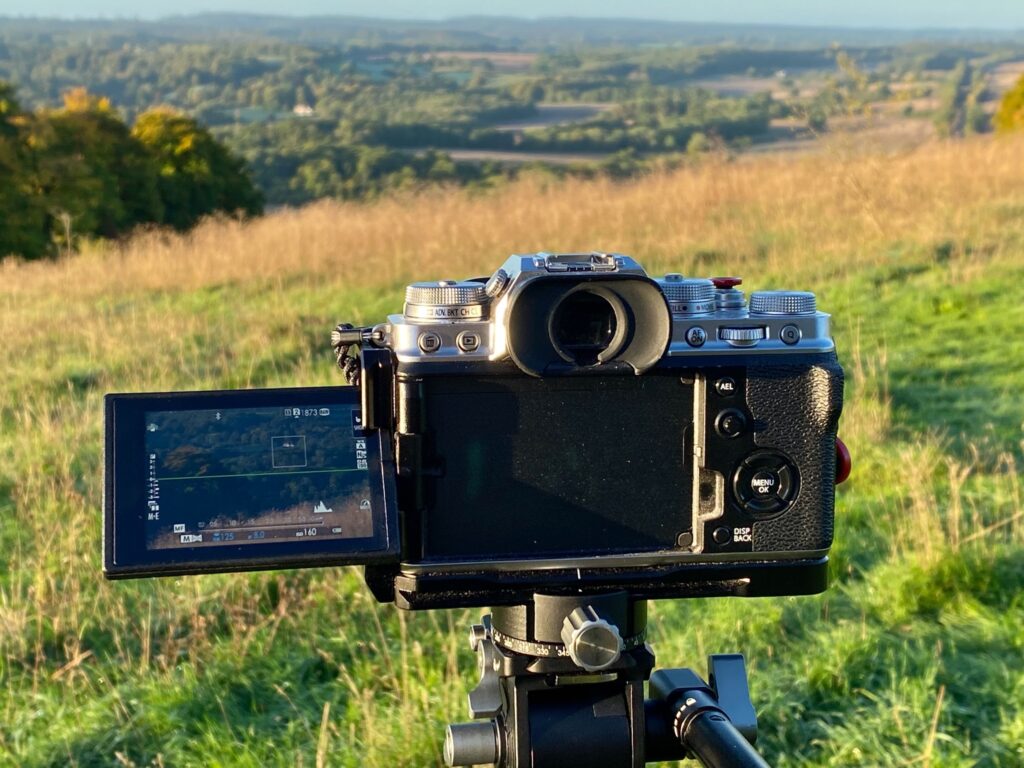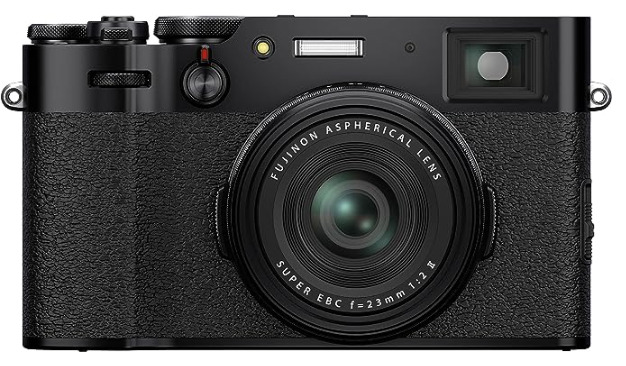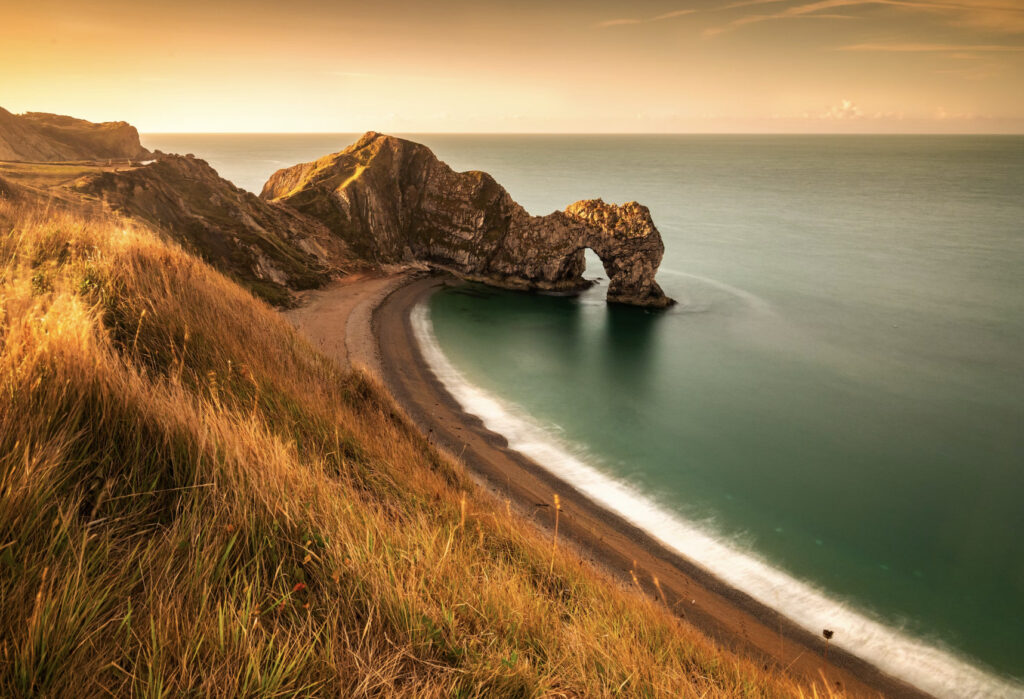It's easy to take a lot of camera functionality for granted. But only a few years ago, much of what we have today was on the wish lists of photographers everywhere.
Autofocus is one of those things. In less than twenty years we have gone from cameras that had to be focused manually to a point where, for the most part, we need not think about focussing. Autofocus on modern cameras is truly a marvel, but are you really using it to it’s full potential? In this article we are going to have a look at some of the autofocus functions and modes that most modern DSLR’s possess.
We can break autofocus down into two distinct areas, the shooting modes, i.e. how the camera reacts to the subject it is focusing on and area modes, these are the regions within the frame that the camera is attempting to focus on.
Are You Getting the Mode Right?
Starting with shooting modes, most cameras will have a single shot servo mode, a continuous servo mode and a manual focus mode. This are not to be confused with but should be used in conjunction with the camera’s shooting rate, that is, how many frames are taken when you press the shutter. In single shot mode, when you half press the shutter, the camera will autofocus and lock onto your subject and hold that focus point until you fully press the shutter. This is ideal for stationary or slow moving subjects, but is not good for faster moving subjects.
For that we need continuous mode. In this mode the autofocus will continually adjust the focus as the subject moves for example a car driving along a road. Basic cameras can track this movement laterally across the frame whilst more advanced models will incorporate a 3D mode that can lock onto fast moving subjects moving to or from the camera position.
Lastly manual focus is something that all photographers should learn, there will be times that the autofocus cannot lock onto a subject or when you are being creative with, for example, depth of field, and need to manually get the subject in focus.
Within these modes, many camera will have options of whether or not the shutter will activate when the subject is not in focus. By default,most cameras will not be able to fire until focus is reached, however this may lead to losing great shots. For this reason you can choose to use what’s known as priority selection, this gives priority either to the shutter, i.e the camera will fire even if not in focus or vice versa, giving priority to focus.
Let's Look at Area Modes
Looking now at the area modes, most cameras by default are set to what is known as a multi point dynamic area. In this mode, the camera has a number of active focus points spread across the screen area, this can range from between 9 and 50+ points, and on many cameras you will have a choice of the number of points. When you half press the shutter, the camera makes a decision based on the focus points in the scene on what, it thinks should be in focus. When operating in the continuous servo mode we looked at above, the camera will also be able to track the subject in the frame and as such would be the best combination for sports or wildlife photographers.
Single point focus is perhaps the best to use for static subject. Here the photographer can choose to use just one of the many focus points. This is ideal for example when taking portraits, where the photographer can use a point in the upper part of the frame to aid focus on the model’s eyes.

Nikon Single Point Focus Mode Jason Row Photography, on Flickr
Lastly many cameras will have an auto area mode. This is similar to the multi point dynamic mode but rather then use individual focus point, it combines all the information from those points to determine what it believes the focus point should be. This mode if fine for quick snapshots but you may well find it limiting for creative photography.
As we mentioned at the top, autofocus these days is incredibly powerful and whilst this article gives you a brief insight into what may be available on your camera, it is no substitute for getting out there and practicing the different modes your camera has to offer. Just one more thing, when you are playing around with those focus modes, don’t forget to try manual focus, you just find a whole new skill to add to your arsenal of photographic techniques.




